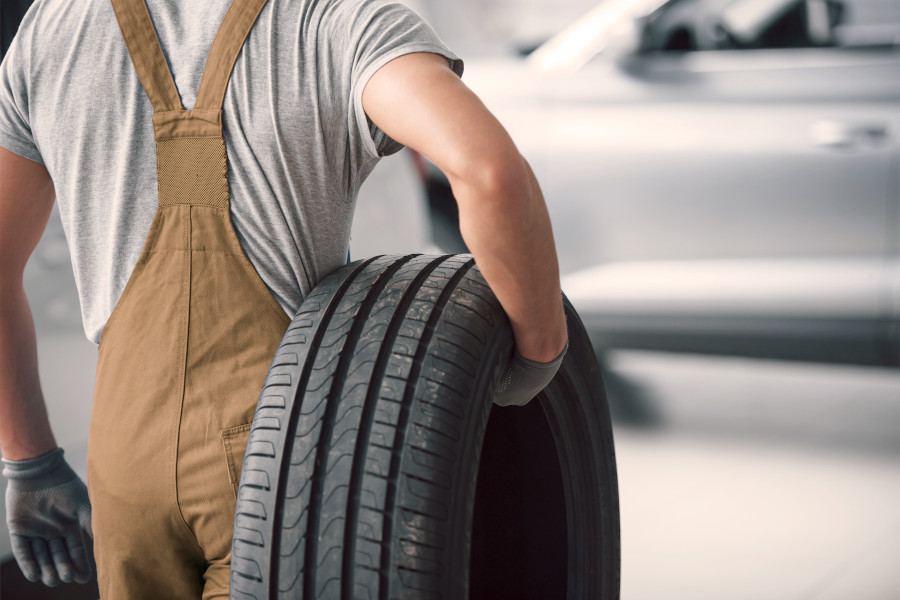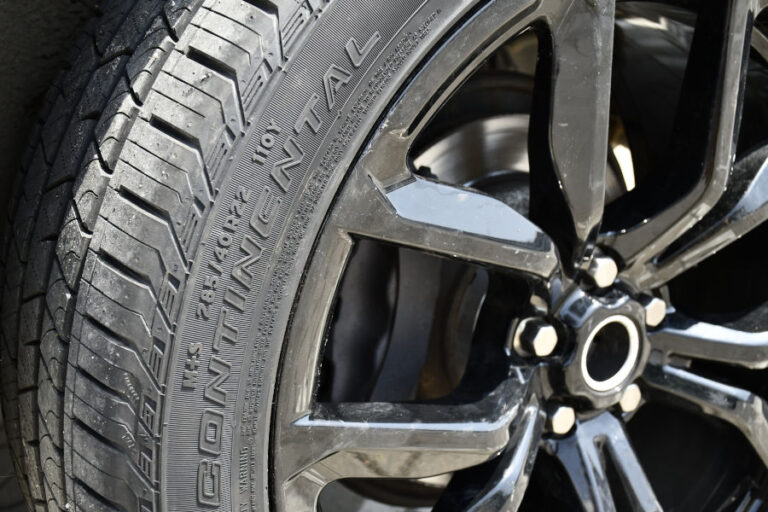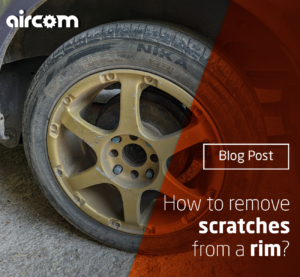Directional tires - how to use
Tires with directional tread have become a popular type of car tire in recent years. In this article, we will discuss the main advantages of their use. We’ll show how they differ from standard ones. We will also explain how to fit directional tires to ensure maximum comfort with safety on the road and gain the best results. You need to read it!

Characteristics of directional tires
Visually, the most distinctive feature of directional tires is the U-shaped or V-shaped tread. From the center of the tread towards the tire shoulders, on the left and right side, there are numerous oblique grooves, often supplemented with additional circumferential grooves. This design of the directional tire promotes quick and effective removal of water, but also of slush. The key advantages of using tires with a directional tread are:
- increased grip on wet surfaces,
- high level of protection against aquaplaning,
- good handling even at higher speeds,
- low noise level,
- eye-catching look.

How to fit directional tires?
It is possible to take full advantage of the benefits mentioned above only when the tire is used by following tire manufacturer recommendations. How to fit the directional tires correctly? There is a special marking on the side of the tire – usually in the form of an arrow, with the word “Rotation”. It is important to fit the tire as indicated by the arrow so that the rolling direction of the tire corresponds to the direction of travel. To be sure that the tires have been fitted correctly, it is worth checking them with the specialists from the vulcanization service.

Directional tires mounted unproperly
It is worth knowing how to fit directional tires because their incorrect installation is one of the most common mistakes related to the operation of this type of tire. Placing them on the rims in the opposite way to the manufacturer’s indication, on a dry road may not significantly affect the traction parameters, but will result in greater noise. However, in the case of wet surfaces or driving in difficult conditions, mounting them reverse to the direction of the tire can significantly reduce safety! In this case, the steering precision is lower and the wheels have less traction. Additionally, even at low speeds, aquaplaning or loss of traction when cornering may occur during dynamic driving.





